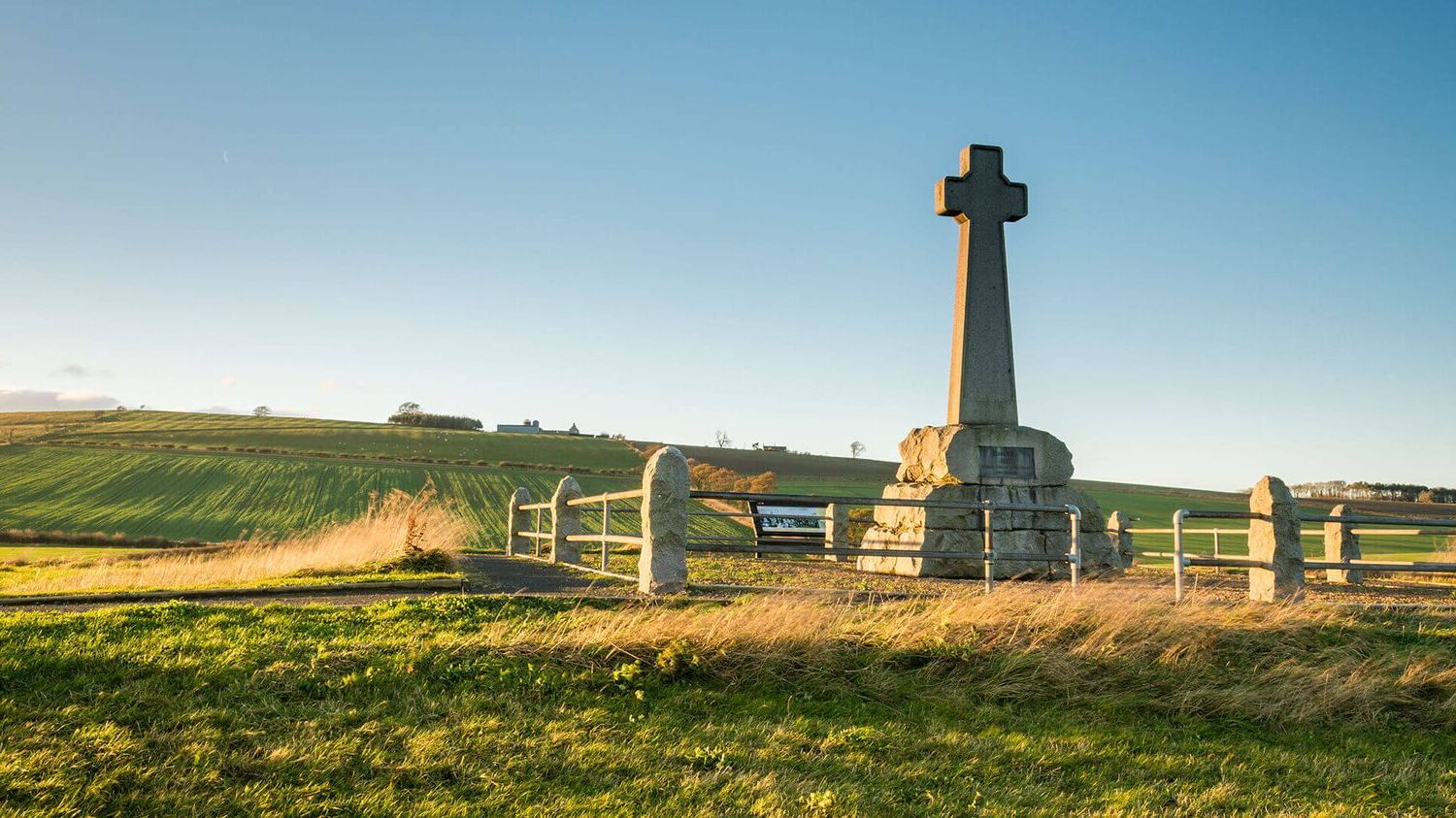
Historic battlefields hold stories of bravery, strategy, and sacrifice. These sites, scattered across the globe, are more than just patches of land; they are silent witnesses to pivotal moments in history. Why are historic battlefields important? They serve as tangible connections to our past, offering insights into the events that shaped nations and cultures. Visiting these locations can evoke a sense of reverence and curiosity, making history come alive. From the rolling hills of Gettysburg to the beaches of Normandy, each battlefield has its own unique tale to tell. Let's dive into 35 intriguing facts about these hallowed grounds.
Key Takeaways:
- Historic battlefields hold stories of bravery and sacrifice, shaping the course of civilizations from ancient times to World War II, showcasing the impact of wars on global history.
- From the Battle of Thermopylae to the Battle of Stalingrad, historic battlefields reveal the changing face of warfare and the pivotal moments that shaped the world.
Ancient Battlefields
Historic battlefields have witnessed countless stories of bravery, strategy, and sacrifice. These sites offer a glimpse into the past, revealing how wars shaped civilizations.
- The Battle of Thermopylae in 480 BC saw 300 Spartans hold off a massive Persian army for three days.
- Gaugamela, where Alexander the Great defeated Darius III in 331 BC, marked the fall of the Persian Empire.
- The Battle of Kadesh in 1274 BC between the Egyptians and Hittites is one of the earliest battles recorded in detail.
- Marathon in 490 BC was where the Athenians defeated the Persians, inspiring the modern marathon race.
- The Battle of Zama in 202 BC ended the Second Punic War, with Rome defeating Carthage.
Medieval Battlefields
The medieval period was rife with conflicts that shaped the course of history. Castles, knights, and epic battles defined this era.
- The Battle of Hastings in 1066 led to Norman control of England.
- Agincourt in 1415 saw English longbowmen decimate French knights.
- The Battle of Tours in 732 halted the Muslim advance into Western Europe.
- Bannockburn in 1314 secured Scottish independence from England.
- The Siege of Constantinople in 1453 marked the end of the Byzantine Empire.
Renaissance and Early Modern Battlefields
The Renaissance brought new tactics and technologies to warfare. These battles reflect the changing face of conflict during this period.
- The Battle of Lepanto in 1571 was a crucial naval engagement between the Holy League and the Ottoman Empire.
- The Spanish Armada's defeat in 1588 marked the rise of England as a naval power.
- The Battle of Sekigahara in 1600 unified Japan under Tokugawa Ieyasu.
- The Thirty Years' War culminated in the Battle of Rocroi in 1643, signaling the decline of Spanish dominance.
- The Battle of Blenheim in 1704 was a turning point in the War of Spanish Succession.
Revolutionary War Battlefields
Revolutionary wars across the globe brought about significant changes in governance and society. These battlefields are symbols of the fight for freedom and independence.
- The Battle of Bunker Hill in 1775 was an early and significant conflict in the American Revolution.
- Saratoga in 1777 marked a turning point, convincing France to support the American cause.
- The Siege of Yorktown in 1781 effectively ended the American Revolutionary War.
- The Battle of Valmy in 1792 was the first major victory for the French Revolutionary Army.
- The Battle of Austerlitz in 1805 showcased Napoleon's military genius.
Civil War Battlefields
Civil wars are often the most brutal, pitting countrymen against each other. These battlefields are reminders of internal strife and the quest for unity.
- The Battle of Gettysburg in 1863 was the turning point of the American Civil War.
- Antietam in 1862 remains the bloodiest single-day battle in American history.
- The Siege of Vicksburg in 1863 split the Confederacy in two.
- The Battle of Bull Run in 1861 shattered any illusions of a short war.
- The Battle of Shiloh in 1862 demonstrated the war's deadly potential.
World War I Battlefields
World War I introduced modern warfare, with devastating consequences. These battlefields are testaments to the horrors of trench warfare and industrialized conflict.
- The Battle of the Somme in 1916 resulted in over a million casualties.
- Verdun in 1916 was one of the longest and costliest battles of the war.
- The Battle of Tannenberg in 1914 was a decisive German victory on the Eastern Front.
- Gallipoli in 1915 was a failed Allied campaign with heavy losses.
- The Battle of Jutland in 1916 was the largest naval battle of the war.
World War II Battlefields
World War II saw some of the most significant and destructive battles in history. These sites are crucial for understanding the global impact of the conflict.
- The Battle of Stalingrad in 1942-1943 was a turning point on the Eastern Front.
- Normandy in 1944 marked the beginning of the end for Nazi Germany.
- The Battle of Midway in 1942 shifted the balance in the Pacific Theater.
- El Alamein in 1942 was a decisive Allied victory in North Africa.
- The Battle of the Bulge in 1944 was Nazi Germany's last major offensive.
Final Glimpse at Historic Battlefields
Historic battlefields offer a window into the past, revealing stories of bravery, strategy, and sacrifice. These sites, scattered across the globe, remind us of pivotal moments that shaped nations and cultures. From Gettysburg to Waterloo, each battlefield holds unique tales that continue to captivate historians and enthusiasts alike.
Visiting these sites provides a tangible connection to history, allowing us to walk the same grounds where soldiers once stood. They serve as powerful reminders of the cost of conflict and the resilience of the human spirit. Whether you're a history buff or just curious, exploring these battlefields can deepen your understanding of our shared past.
So next time you plan a trip, consider adding a historic battlefield to your itinerary. You'll not only gain knowledge but also pay homage to those who fought and fell on these hallowed grounds.
Frequently Asked Questions
Was this page helpful?
Our commitment to delivering trustworthy and engaging content is at the heart of what we do. Each fact on our site is contributed by real users like you, bringing a wealth of diverse insights and information. To ensure the highest standards of accuracy and reliability, our dedicated editors meticulously review each submission. This process guarantees that the facts we share are not only fascinating but also credible. Trust in our commitment to quality and authenticity as you explore and learn with us.


